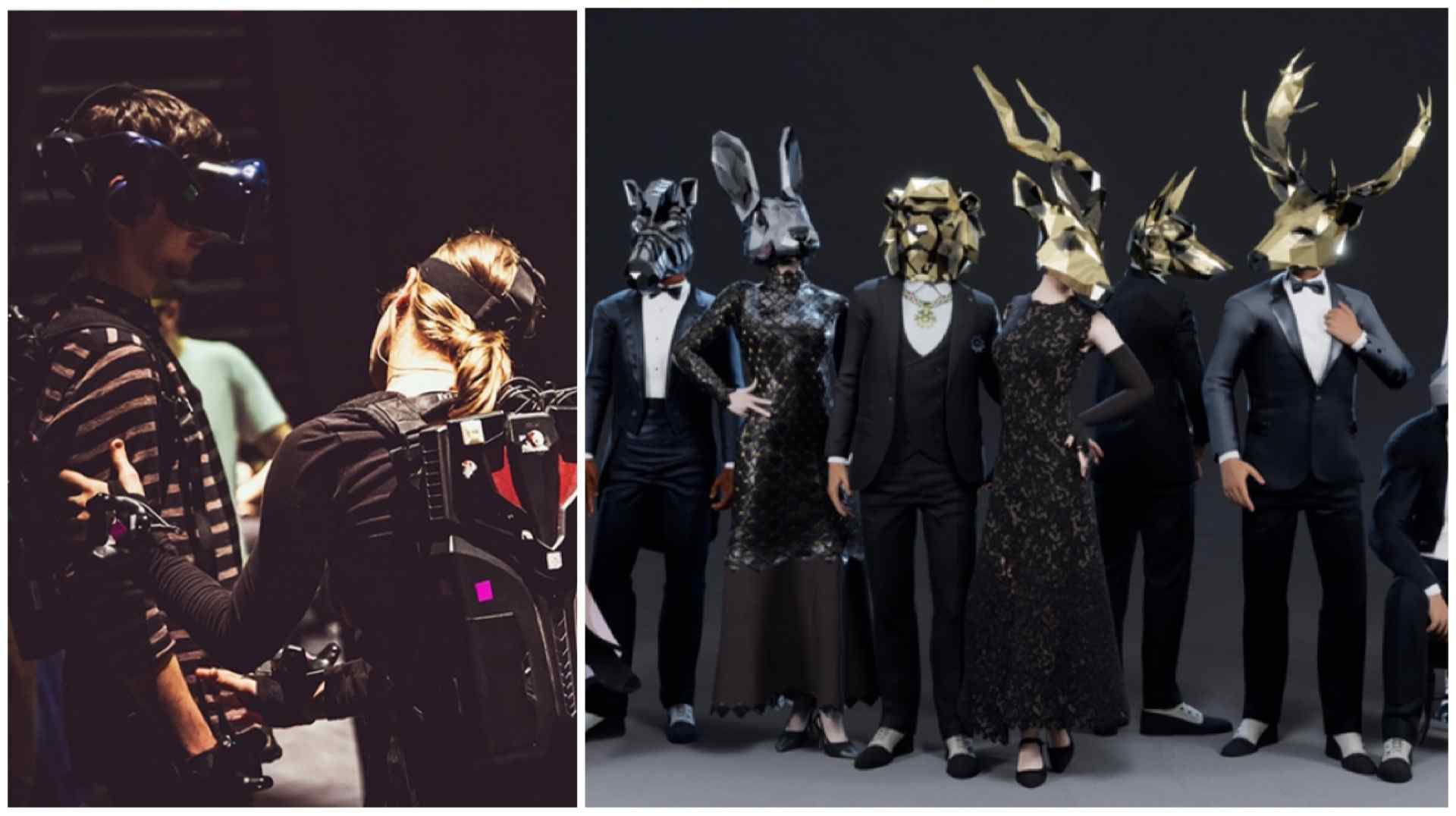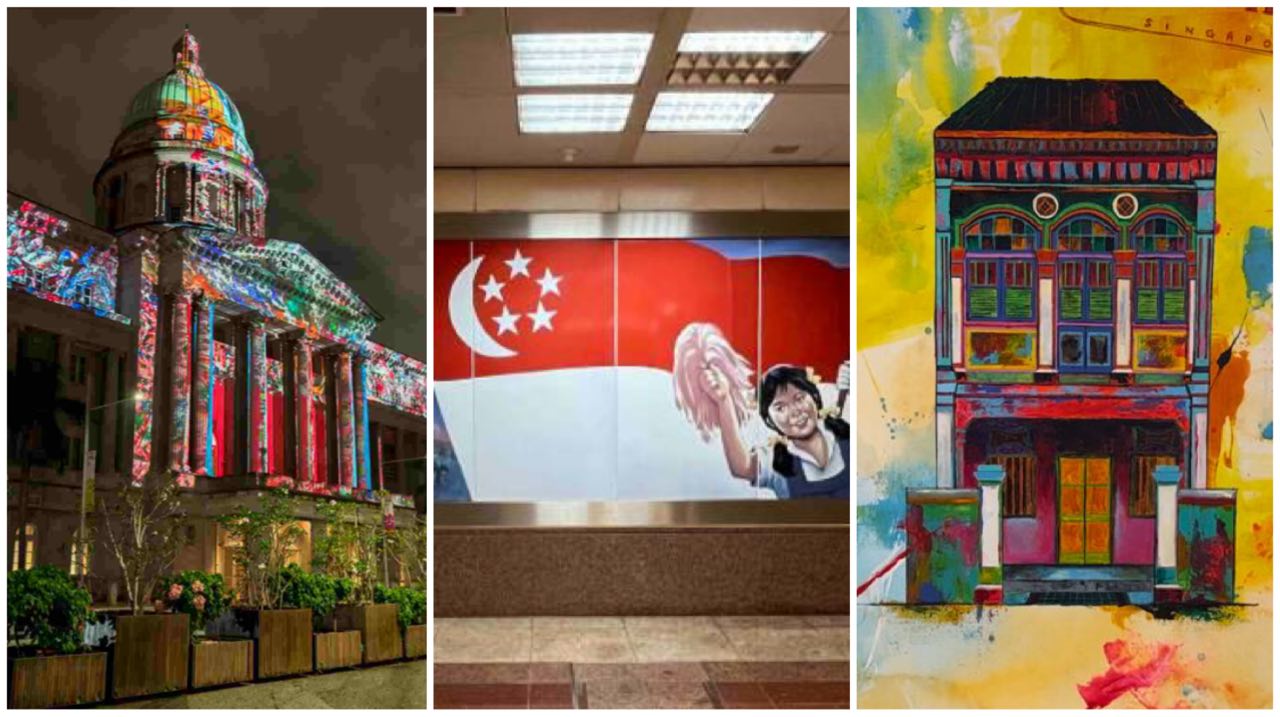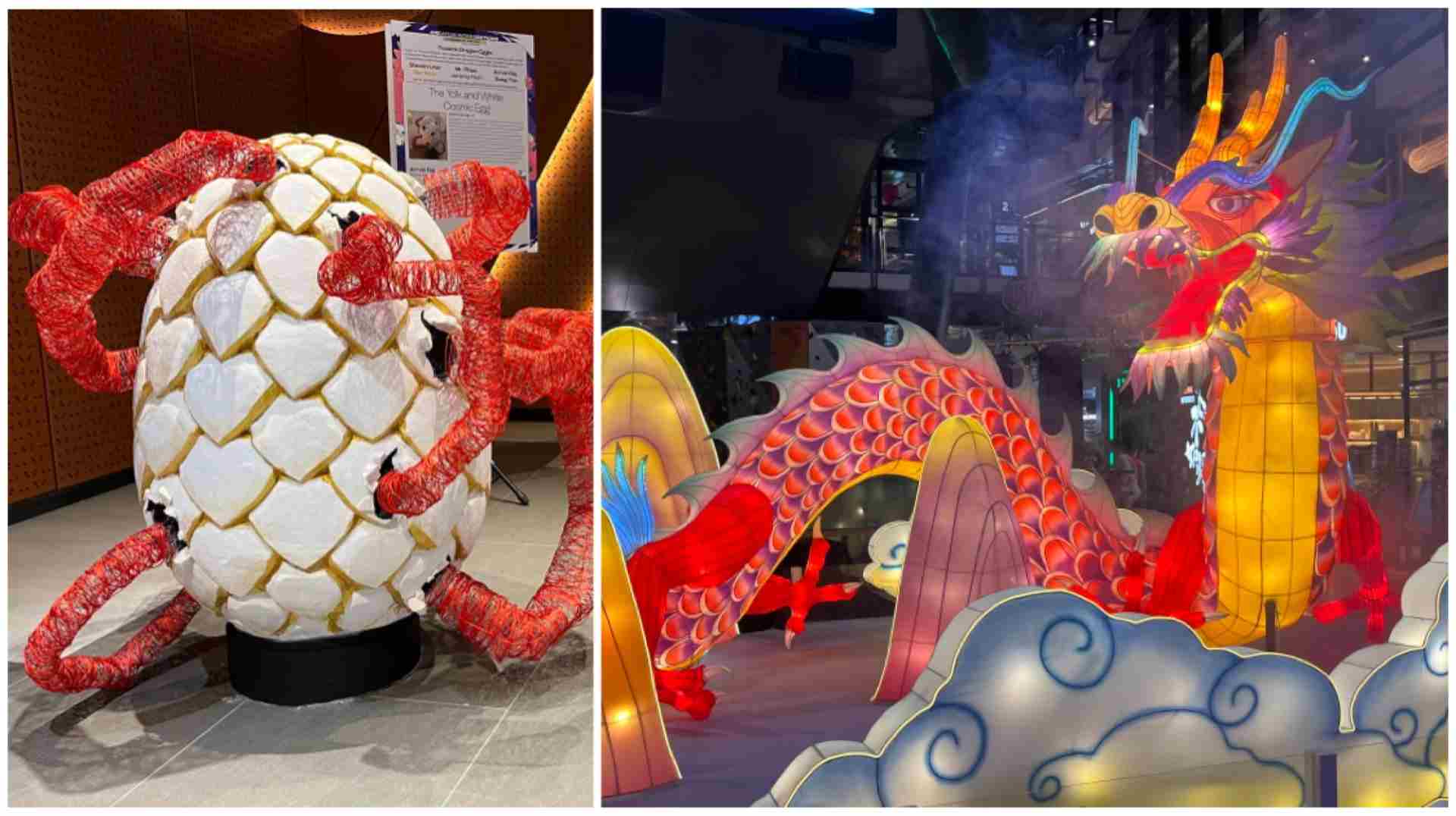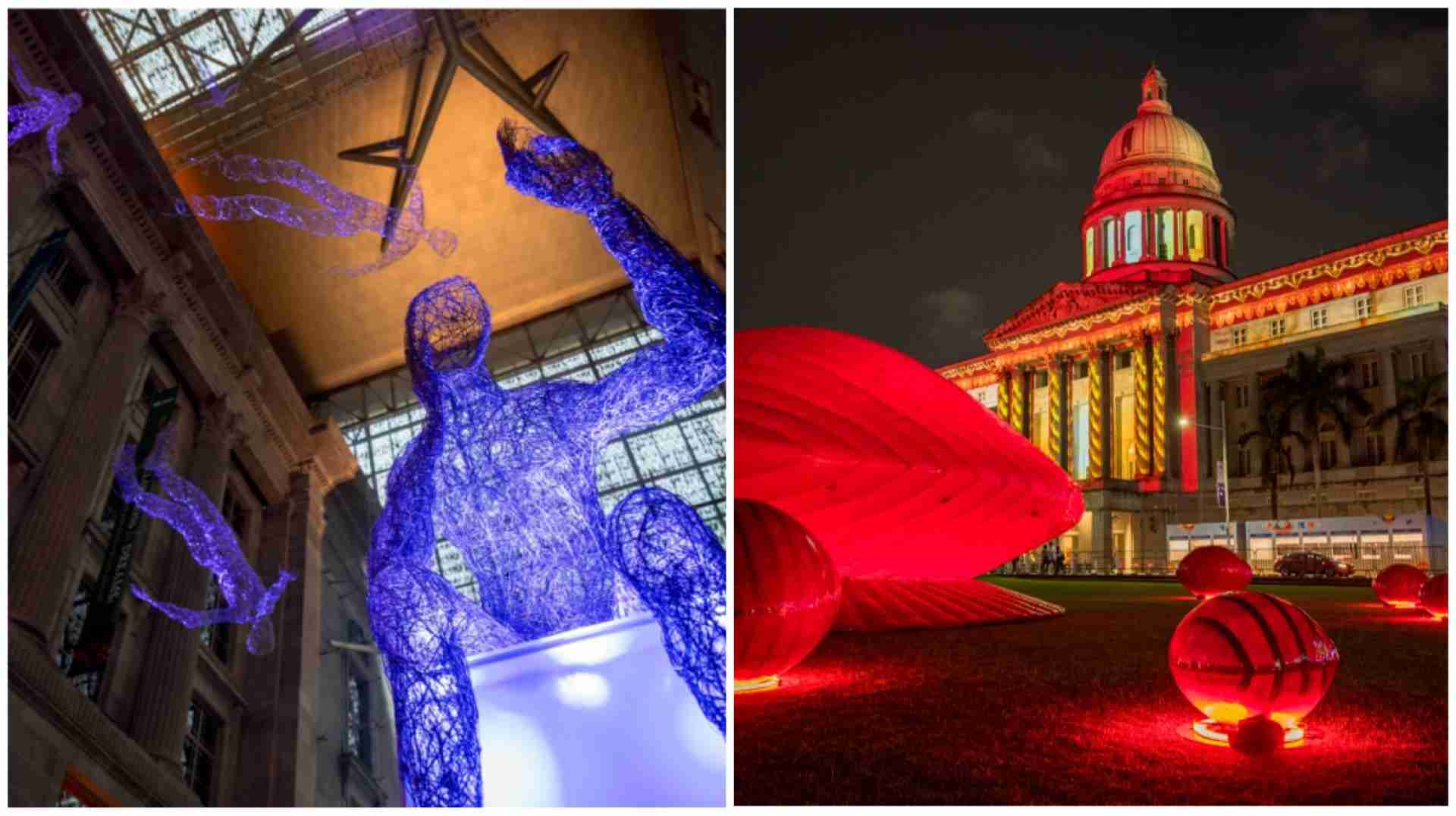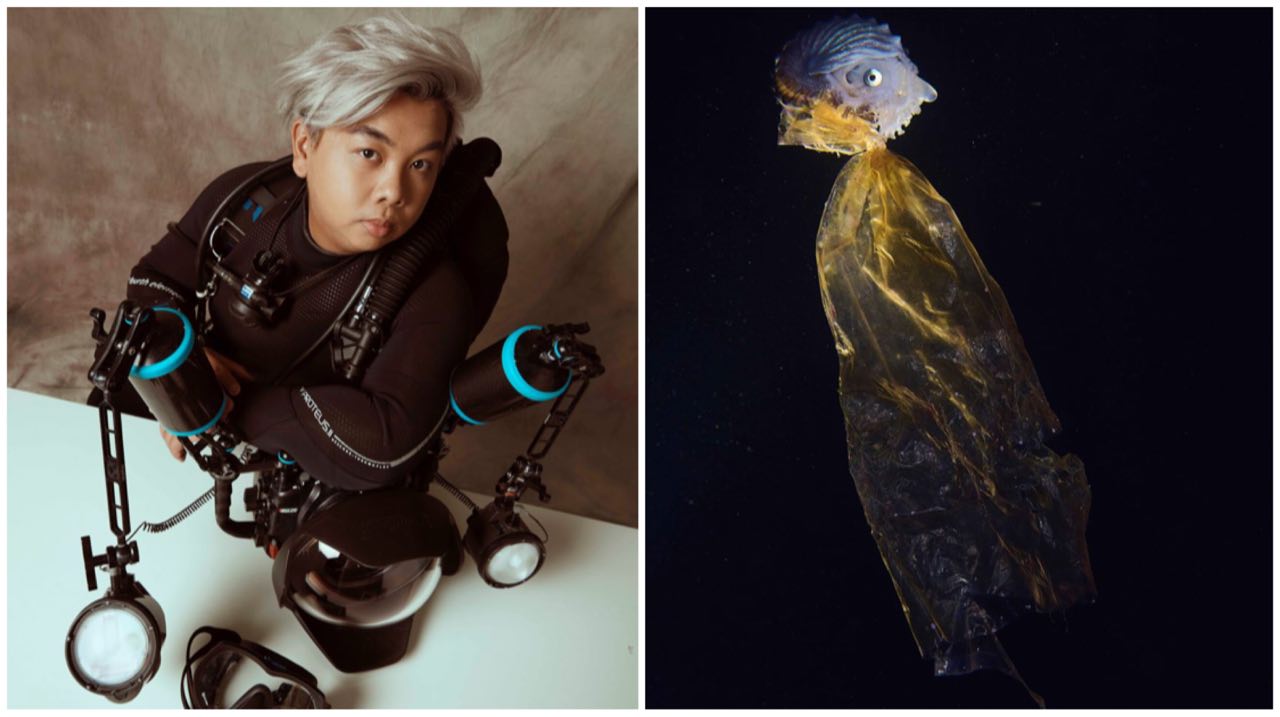This VR Show Lets You Boogie In Paris, Glide Across A Lake, Dress Up In Chanel
A love story, a masked ball, theatre, music, and dance combine with virtual reality (VR) technology to provide an immersive multi-disciplinary experience like no other.
We’re talking about “Le Bal de Paris de Blanca Li”, an award-winning show that is taking place in our Lion City until 17 Mar as part of this year’s Singapore Street Festival.
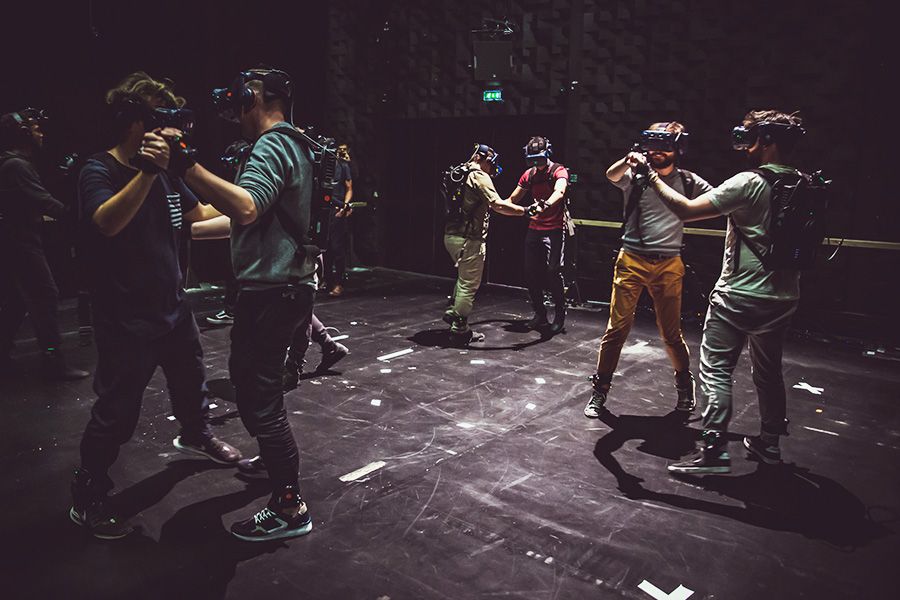 IMAGE: SINGAPORE STREET FESTIVAL
IMAGE: SINGAPORE STREET FESTIVAL
The 50-minute show (you’ll need 15min to gear up, and 35min to explore a virtual realm) will transport you into the love story of Adèle and Pierre, which takes you from a grand Parisian ballroom, into a boat, across a lake, through a garden, and onto a train, among other artfully detailed and fantastical locations.
The world is populated by characters donning animal masks (including frogs, rabbits, deer, zebras and lions) and outfits designed by French luxury fashion house Chanel (your virtual outfit is, too!). As they tell the story, they dance and interact with you, and also invite you to explore this domain with your whole body – your eyes, ears, and even nose.
In the real world, these characters are performers from the Music & Drama Company, which is also supporting the show by providing the venue at Infinite Studios.
We speak to the creator of the show, Blanca Li, a renowned Spanish choreographer and filmmaker, about the challenges and wonders of VR technology, and the impact it has when combined with traditional art forms.
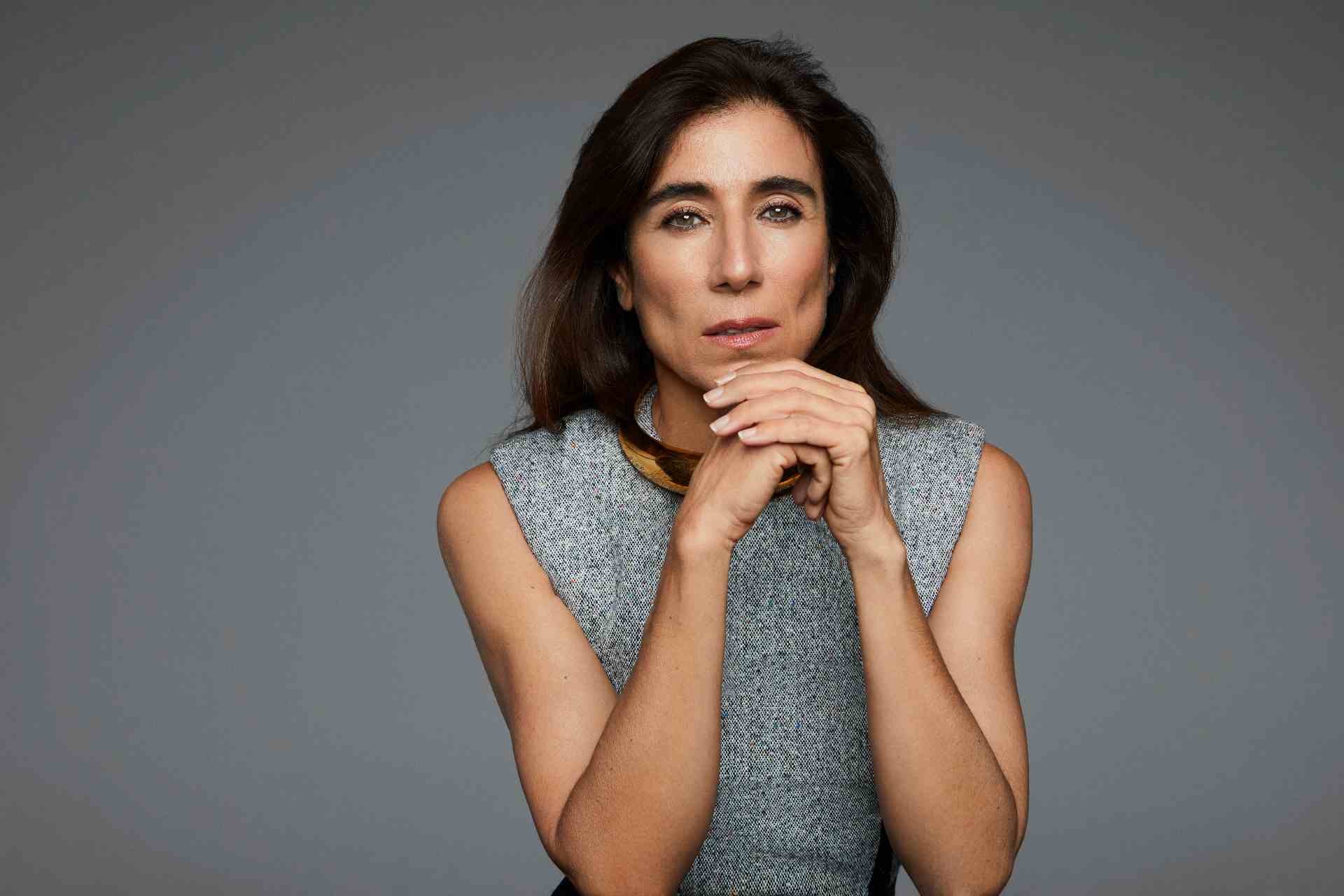 Blanca Li, creator of “Le Bal de Paris de Blanca Li”. | IMAGE: LALO CORTES
Blanca Li, creator of “Le Bal de Paris de Blanca Li”. | IMAGE: LALO CORTES
How did the idea for this immersive virtual-reality dance performance come about, and what inspired you to create it?
I have always loved working with new technologies. Virtual reality seduced me years ago; I discovered it through a short film in which I was riding a roller coaster. I found the experience incredible and I soon created “Blanca Li 360“ (in 2015), a virtual-reality dance short film in which the audience was placed at the centre of the action, very close to the dancers who evolved in an open working space.
But I missed the fact that the spectators and the dancers could not touch each other in spite of being so close, that their bodies were absent, and that it was a single-user experience. Since that moment, I started dreaming of “Le Bal de Paris” as an experience which would immerse the spectators as participating characters of the story in real time, but at the time, it was impossible to do!
![]() Like the characters in the virtual world, your avatar (which you get to choose) dons an animal mask and an outfit designed by Chanel. | IMAGE: SINGAPORE STREET FESTIVAL
Like the characters in the virtual world, your avatar (which you get to choose) dons an animal mask and an outfit designed by Chanel. | IMAGE: SINGAPORE STREET FESTIVAL
What was the creative process behind combining traditional art forms with virtual reality technology? How did you strike a balance between the two elements?
Inventing the choreography that was motion captured in real time for the animation of “Le Bal de Paris de Blanca Li” was a very interesting [process] with the dancers because we had to look for rather simple steps and movements so that our avatars could have a certain fluidity.
In other words, the choreography for VR is very specific: we had to find out which movements are allowed by virtual reality and its tracking equipment, headsets and backpacks, and all the technical constraints. VR real time motion capture with trackers also allows a dancer to move in a way that looks sometimes supernatural, it brings a lot of new possibilities to choreography, which I had fun with.
Actually, I treated the different aspects of this show in the same way I usually do when I create a show. This time, instead of [the action] happening on stage as usual, it happens in a virtual world.
Le Bal de Paris has received acclaim for its innovative use of VR technology. What were some of the biggest challenges you faced while incorporating VR into a theatrical dance setting, and how did you overcome them?
I want to emphasise that “live” performance is something so powerful that it has been alive and has endured through all civilisations, and I believe it will always be there. VR will not replace theatre. VR just brings new possibilities of creation that we can start using today.
One part of what makes me curious is to ask myself, what can we do today that we couldn’t do before? It is also our role as artists to invent the future, to open doors. Somehow, we are in the prehistory of this technology and I think that what I did was very difficult when I did it, and two years from now, it will probably be much simpler.
The main challenge for me was that at the beginning, we had no idea if we were going to make it to the end, and how far we would be able to go, in terms of user experience, artistic quality and our ability to give a smooth and enjoyable time for many spectators who are not used to this new equipment. Technology brings a lot of limitations, which I had to take into account, like the number of spectators and the motion capture precision.
On the other hand, we had nearly no limits in the size of virtual space, the number of virtual dancers and characters, the richness of fantasy, and precision of the landscape, and we pushed the limits with the help of my creative team, during the two years it took us to create it.
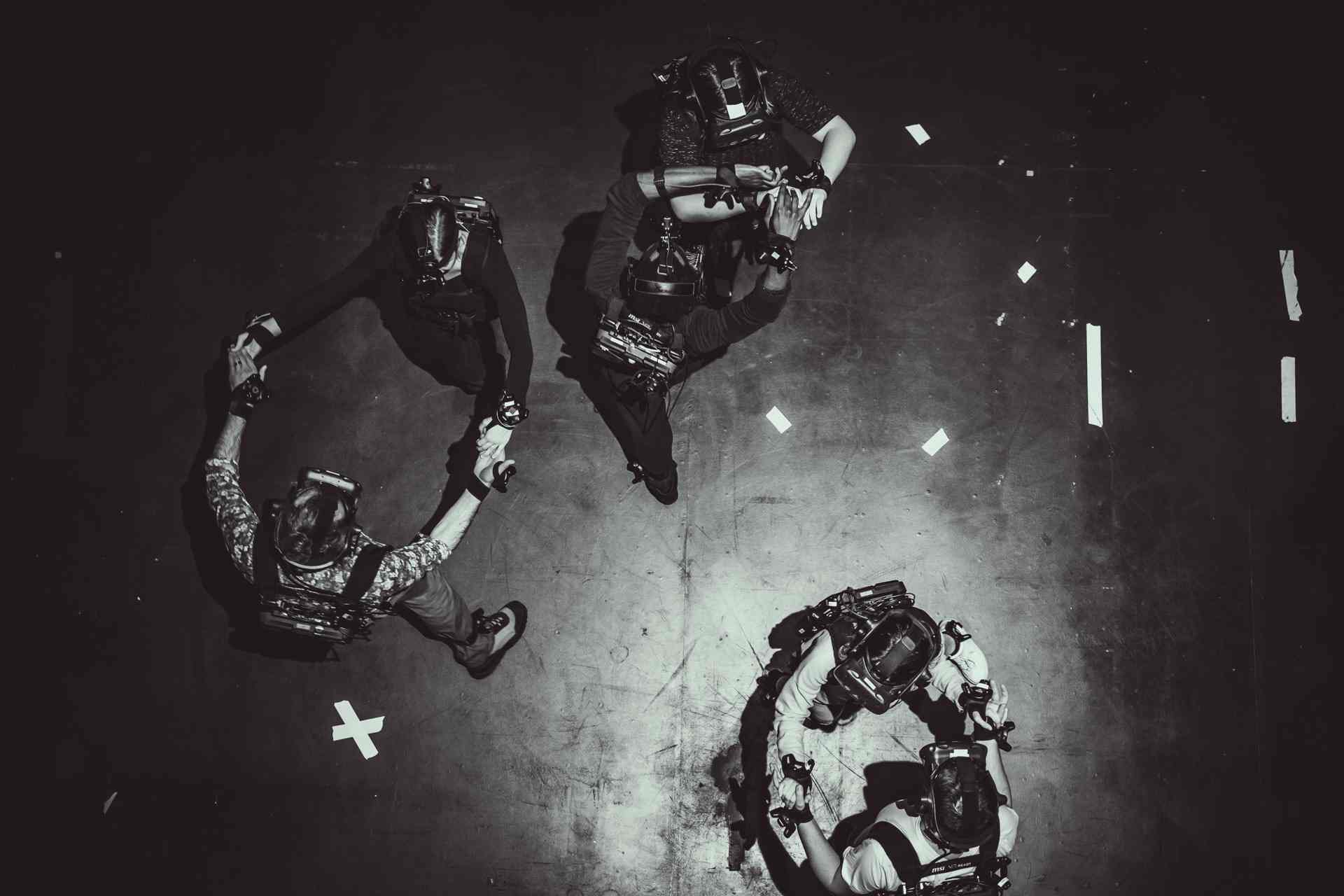 There is plenty of interaction happening in both the real and virtual world. | IMAGE: SINGAPORE STREET FESTIVAL
There is plenty of interaction happening in both the real and virtual world. | IMAGE: SINGAPORE STREET FESTIVAL
Because this is a “live” experience, how do you manage the spontaneity and interaction with the audience in a virtual reality setting, and how does it differ from traditional “live” performances? Have there been any unexpected surprises or memorable moments?
It’s a totally immersive experience, where the audience is part of the story, they become characters and take part in the narrative. So audiences can react the way they want to! Usually with a lot of laughter. But different groups act very differently, it’s a new show and [there are] different dynamics at every session. Some act very wild, others are quiet – it’s a group thing.
The important aspect is the festive one. I want the audience to have a lot of fun, to forget that they are in a virtual world and to feel that they are taking part in a real-time party, and to have fun dancing for real! And just when they get out of the virtual experience, they’ll realise and tell themselves, “Wow, what an amazing and fun experience I have been through!”
The most touching [feedback] was from a woman in a wheelchair who did the experience and said to me: “Thank you so much, Thanks to this experience, I forgot I had a body. I felt like I was just like the other spectators, for the first time in my life.”
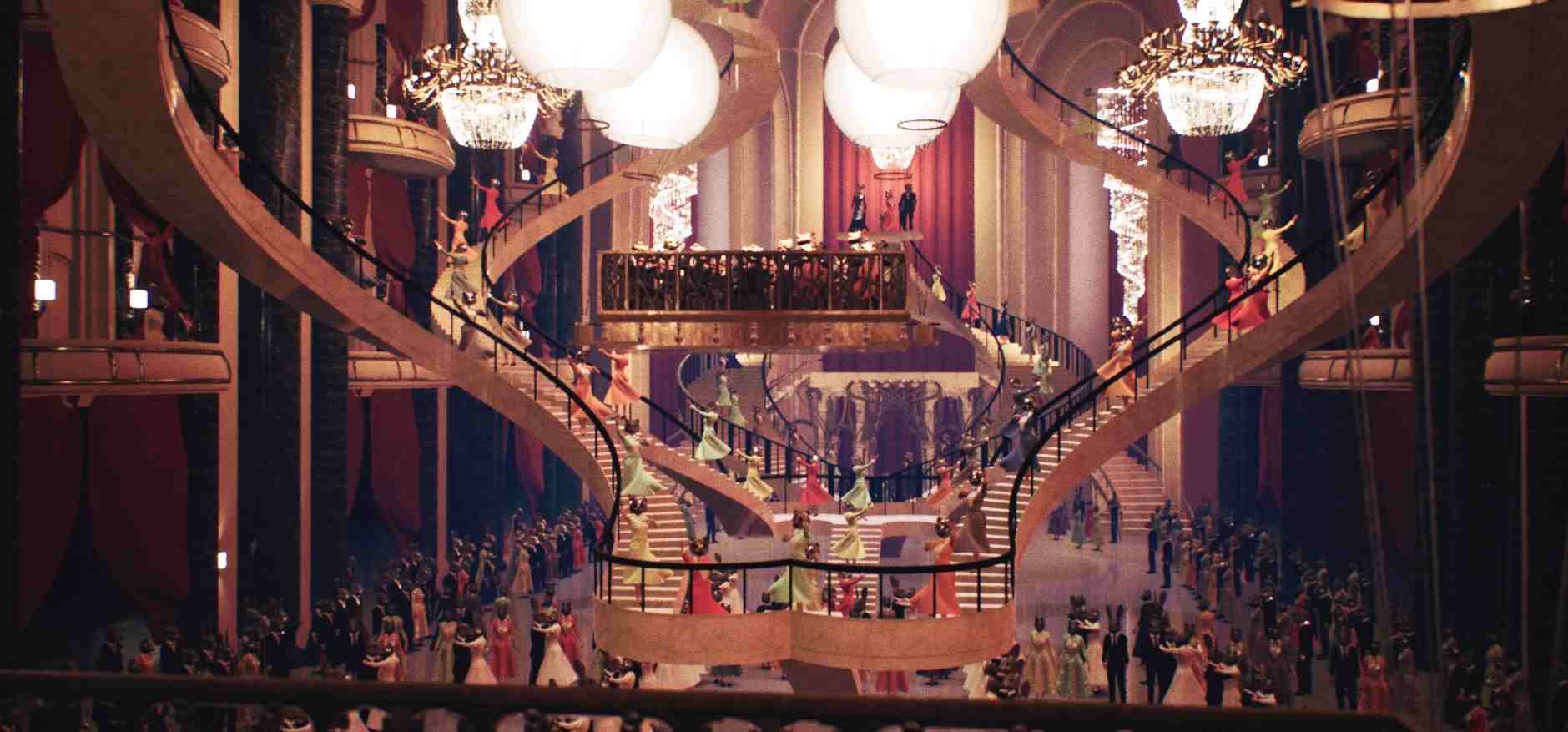 Cut a rug in a grand Parisian ballroom with other participants. | IMAGE: SINGAPORE STREET FESTIVAL
Cut a rug in a grand Parisian ballroom with other participants. | IMAGE: SINGAPORE STREET FESTIVAL
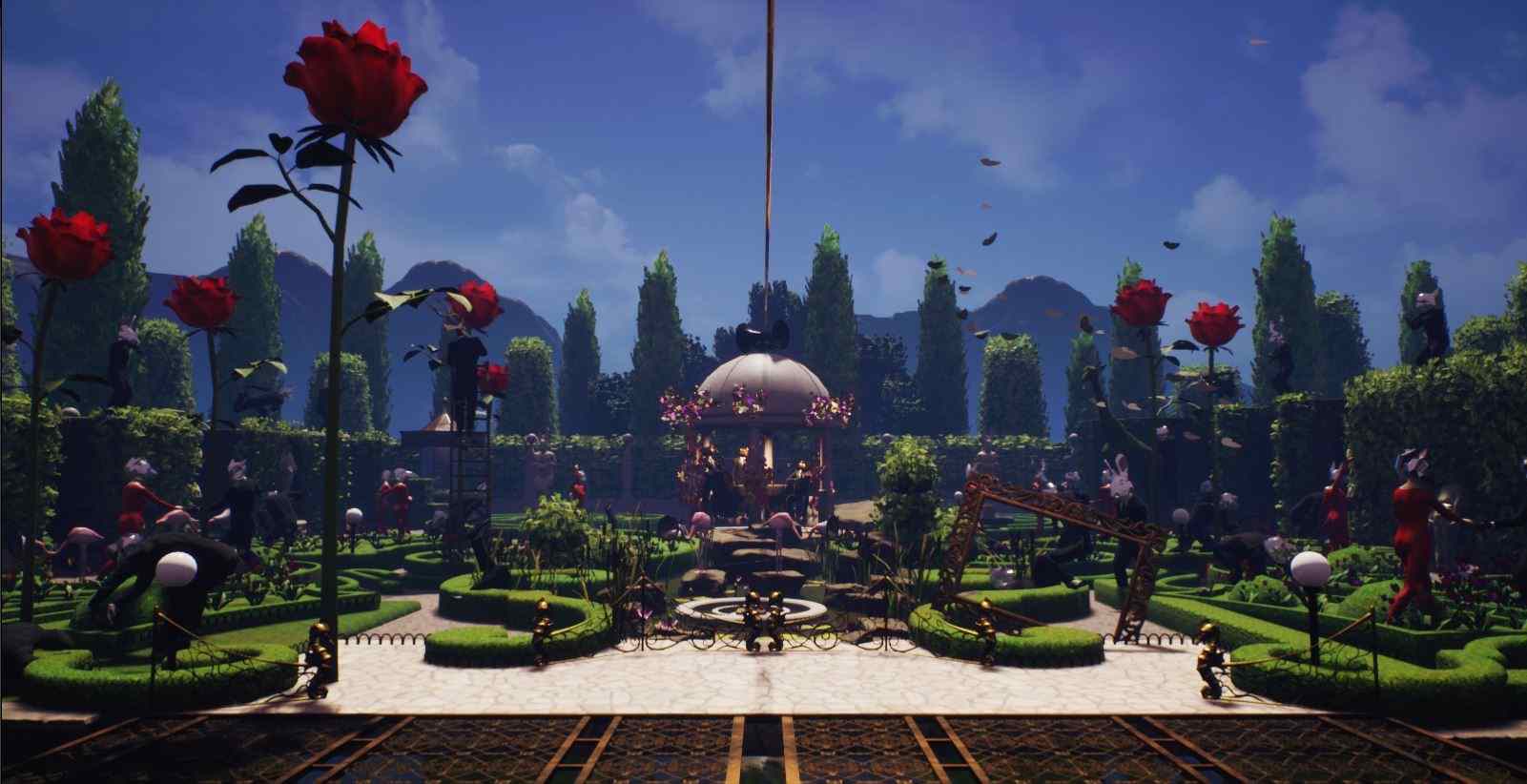 Stop and smell the roses (quite literally) in a fantastical garden. | IMAGE: SINGAPORE STREET FESTIVAL
Stop and smell the roses (quite literally) in a fantastical garden. | IMAGE: SINGAPORE STREET FESTIVAL
In what ways do you think immersive VR performances like “Le Bal de Paris de Blanca Li” are influencing the future of “live” entertainment?
Time will tell! I hope to open up new opportunities. “Le Bal de Paris” is proof that technology is not a brake on creativity, but on the contrary, a means of breaking through limitations.
More information and tickets are available on SISTIC.
/roundup_26_april_2024_rectangle.jpg?sfvrsn=39ffd1a7_1)
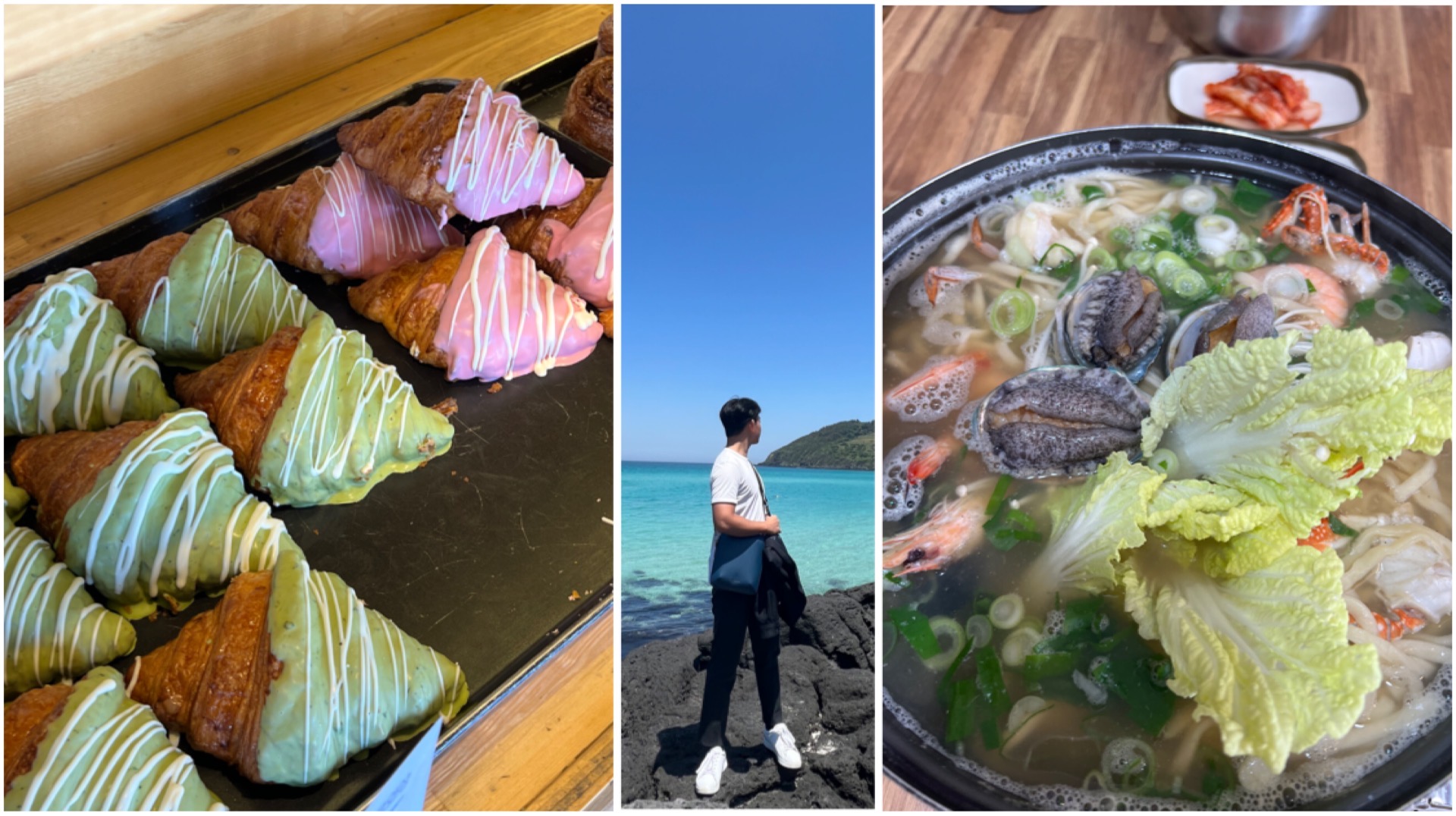
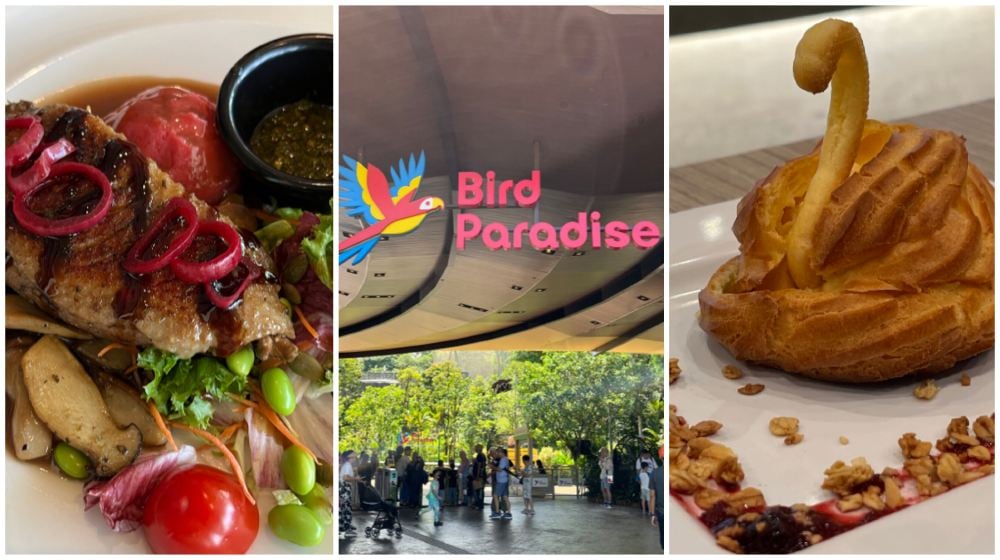
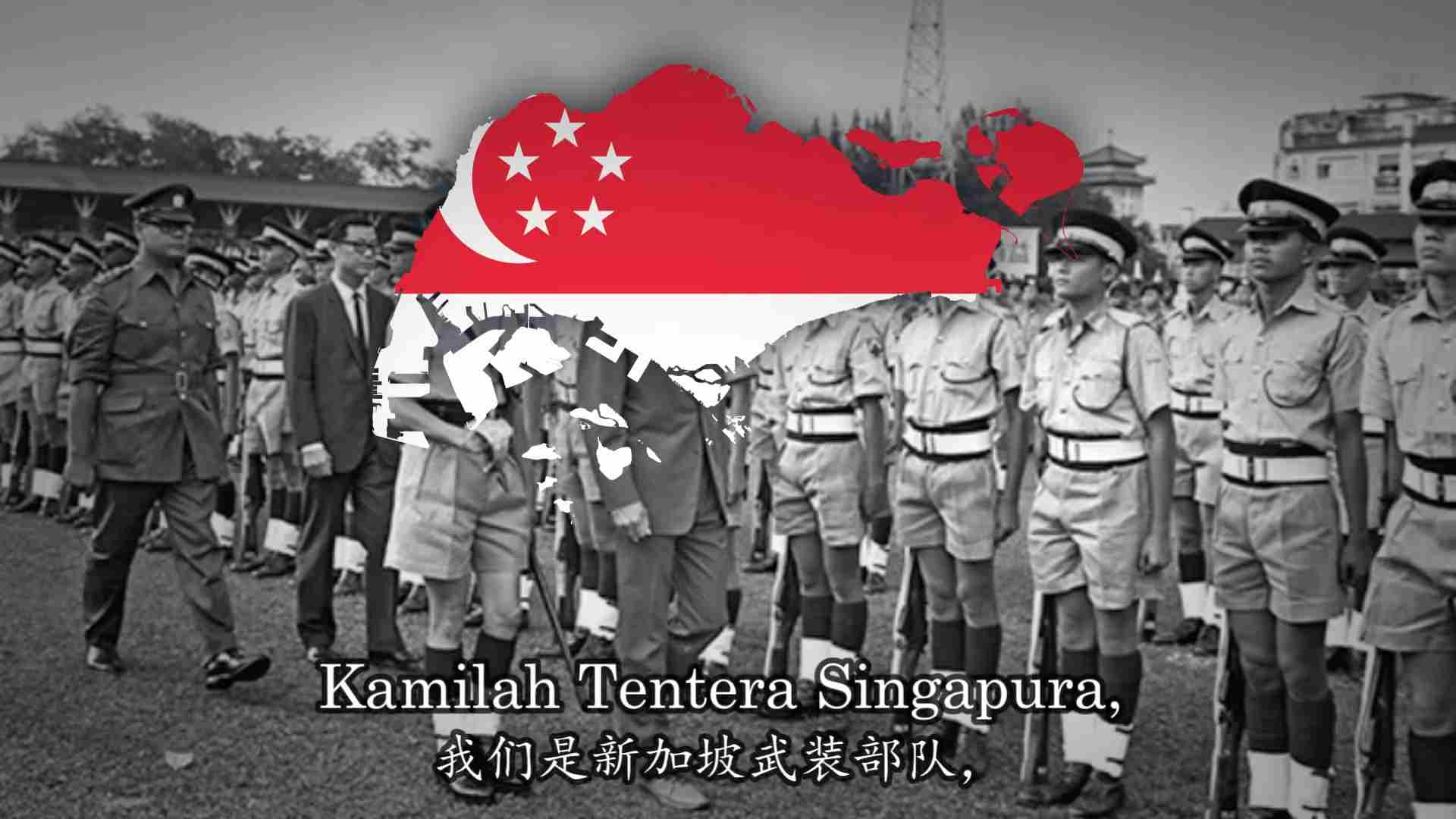
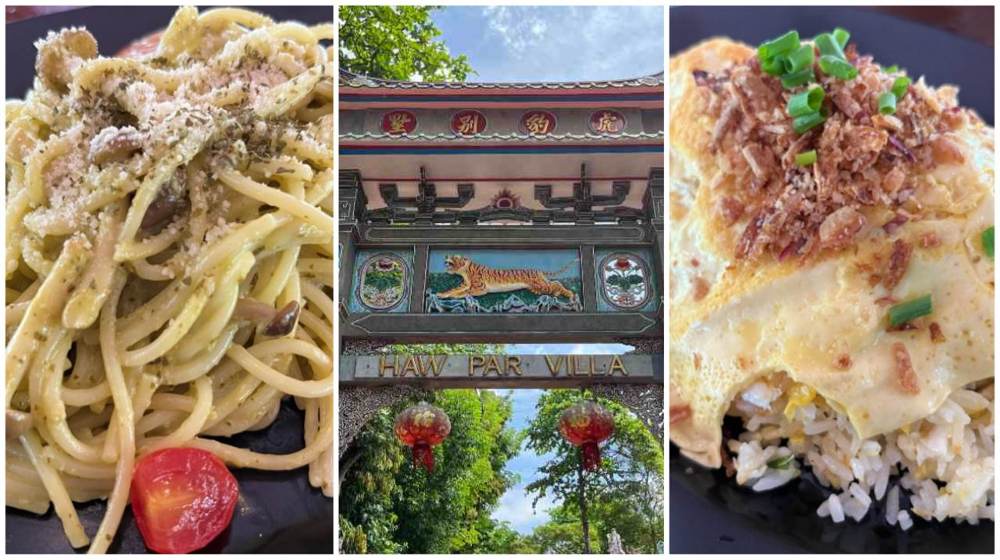
/roundup_19_april_2024_rectangle.jpg?sfvrsn=898f23d7_1)
